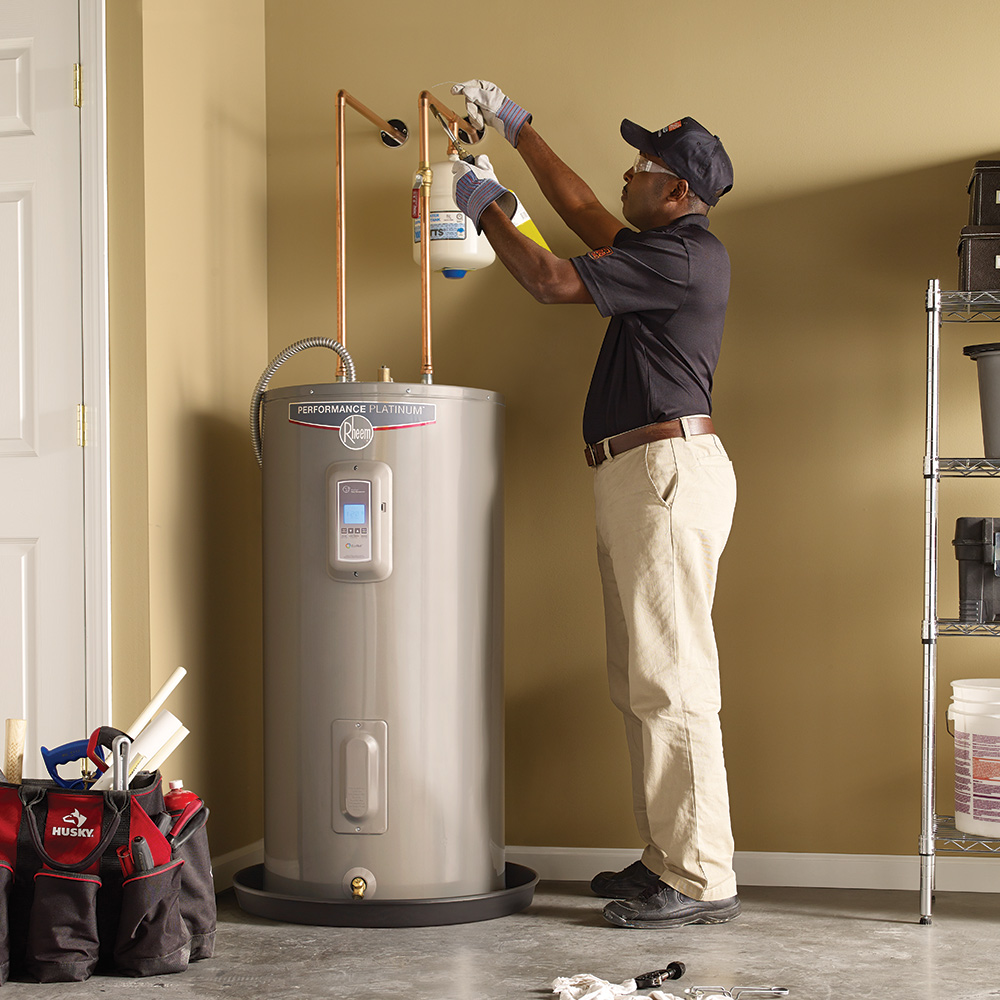Essential Tips on Caring for Your Home's Hot Water System
Essential Tips on Caring for Your Home's Hot Water System
Blog Article
How do you actually feel in regards to Water Heater Maintenance Tips You Can't Afford to Forget?

Hot water is crucial for daily comfort, whether it's for a refreshing shower or washing dishes. To guarantee your warm water system runs efficiently and lasts longer, regular upkeep is crucial. This post offers practical pointers and insights on how to keep your home's warm water system to prevent interruptions and costly repairs.
Introduction
Maintaining your home's hot water system might seem challenging, but with a few straightforward actions, you can guarantee it runs efficiently for several years ahead. This overview covers whatever from comprehending your hot water system to DIY upkeep pointers and recognizing when to call specialist aid.
Relevance of Keeping Your Warm Water System
Routine maintenance not only extends the lifespan of your hot water system yet additionally guarantees it runs effectively. Overlooking maintenance can lead to lowered performance, greater energy bills, and even premature failure of the system.
Signs Your Hot Water System Needs Upkeep
Recognizing when your warm water system needs attention can avoid major issues. Keep an eye out for indications such as inconsistent water temperature, weird sounds from the heating unit, or corroded water.
Comprehending Your Hot Water System
Prior to diving right into maintenance tasks, it's handy to comprehend the fundamental components of your warm water system. Usually, this includes the hot water heater itself, pipelines, anode rods, and temperature level controls.
Regular Monthly Maintenance Tasks
Normal regular monthly checks can help capture minor concerns prior to they escalate.
Purging the Water Heater
Flushing your hot water heater eliminates debris accumulation, improving performance and extending its life.
Checking and Changing Anode Rods
Anode rods protect against rust inside the storage tank. Inspecting and changing them when worn is crucial.
Examining and Readjusting Temperature Setups
Changing the temperature settings makes sure optimum performance and safety and security.
DIY Tips for Upkeep
You can carry out several maintenance jobs yourself to maintain your hot water system in leading condition.
Looking for Leaks
On a regular basis inspect pipes and links for leaks, as these can bring about water damage and greater costs.
Testing Stress Relief Valves
Checking the stress safety valve guarantees it functions properly and stops too much pressure buildup.
Protecting Pipelines
Shielding warm water pipes decreases warm loss and can conserve power.
When to Call a Specialist
While DIY maintenance is useful, some issues need expert expertise.
Complicated Problems Calling For Professional Assistance
Instances consist of major leaks, electric troubles, or if your water heater is regularly underperforming.
Regular Specialist Maintenance Perks
Specialist upkeep can include extensive examinations, tune-ups, and guaranteeing conformity with security standards.
Conclusion
Routine upkeep of your home's warm water system is important for effectiveness, long life, and price savings. By following these suggestions and understanding when to look for specialist help, you can ensure a reliable supply of warm water without unexpected disruptions.
How to Maintain an Instant Hot Water Heater
Before tinkering with your hot water heater, make sure that it’s not powered on. You also have to turn off the main circuit breaker and shut off the main gas line to prevent accidents. Also turn off the water valves connected to your unit to prevent water from flowing into and out of the appliance. 2. When you’re done, you have to detach the purge valves’ caps. These look like the letter “T†and are situated on either side of the water valves. Doing so will release any pressure that has accumulated inside the valves while at the same time avoid hot water from shooting out and burning your skin. 3. When the purge valves’ caps are removed, you have to connect your hosing lines to the valves. Your unit should have come with three hoses but if it didn’t, you can purchase these things from any hardware or home repair shops. You can also get them from retail stores that sell water heating systems. Read the user’s manual and follow it to complete this task properly. When the hosing lines are connected, open the purge port’s valves. 4. You should never use harsh chemical cleaners or solutions when cleaning your unit. Make use of white vinegar instead. It should be undiluted and you’ll probably use about 2 gallons. 5. Now flush your water heater. This task should probably take about 40 minutes. We can’t give you specific directions for this because the procedure is carried out depending on the type, model and brand of your heater. With that being said, refer to the user’s manual. 6. When you’re done draining the unit, you have to turn off the purge port valves again. Remove the hosing lines that you earlier installed on each of the water valves. Put the valve caps (purge port) back in their respective places and be very careful so as not to damage the rubber discs that are found inside these caps. 7. Now that everything’s back in place, check your user’s manual again to find out how to reactivate your water heating system. 8. Once it is working, turn one of your hot water faucets on just to let air pass through the heater’s water supply pipes. Leave the tap on until water flows smoothly out of it. https://www.orrplumbing.com/blog/2014/september/how-to-maintain-an-instant-hot-water-heater/

As a serious person who reads on How to Maintain a Hot Water Heater in a Few Simple Steps, I imagined sharing that article post was a good idea. Those who appreciated our article kindly remember to pass it around. I appreciate reading our article about Tips For Maintaining Your Hot Water Heater.
Go Deal Report this page